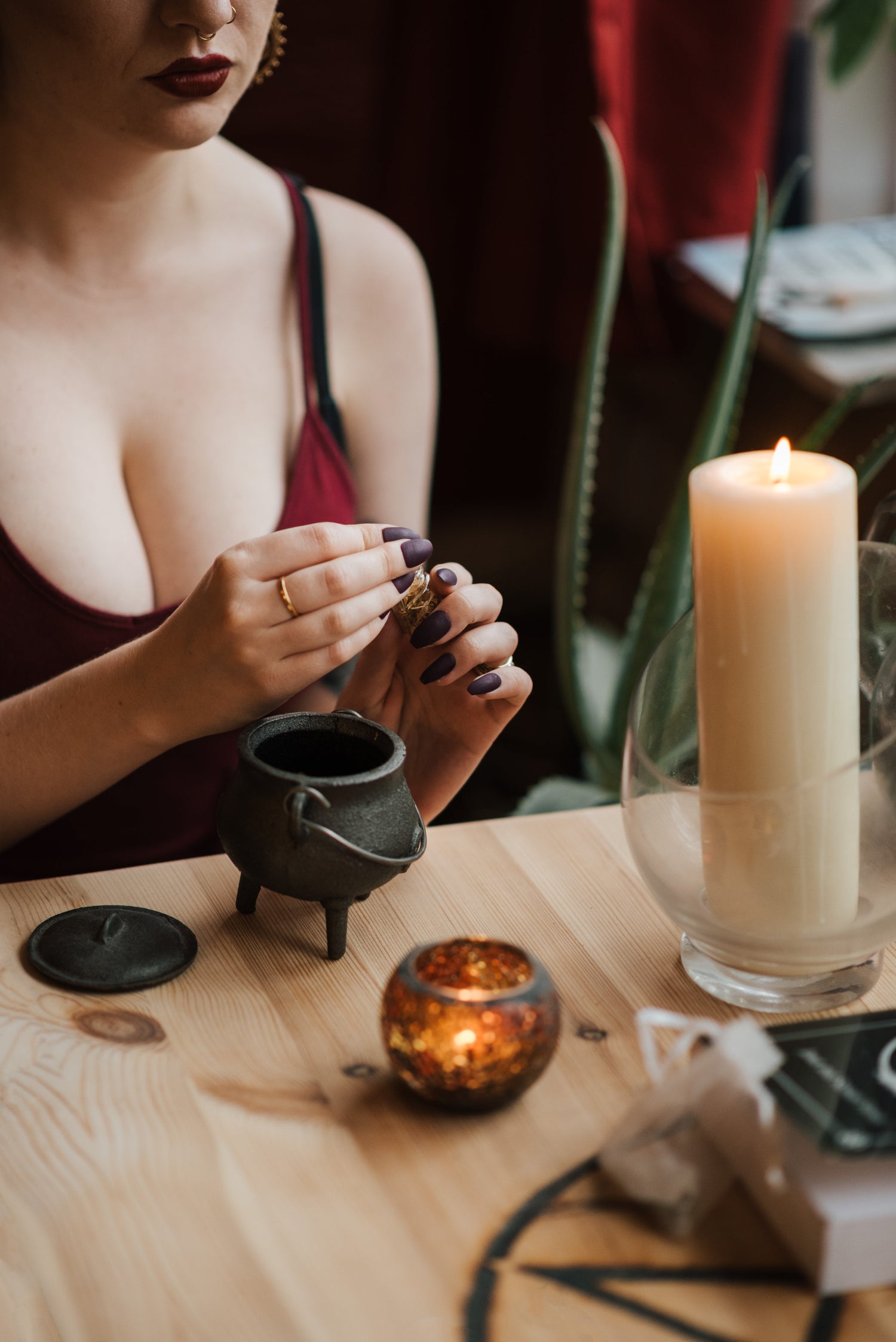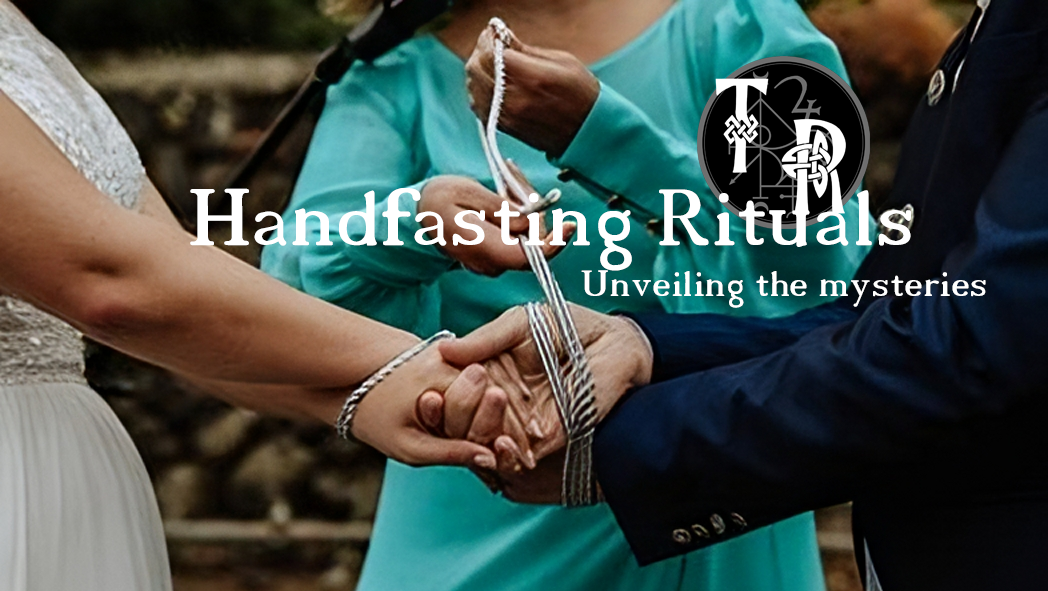In a world where love is celebrated in countless ways, Pagan handfasting ceremonies offer a unique and enchanting perspective. Rooted in ancient traditions and deeply connected to nature, these ceremonies serve as a beautiful expression of love, unity, and spirituality. In this article, we will delve into the fascinating world of Pagan handfasting ceremonies, exploring their history, symbolism, and the magical elements that make them so captivating.
The Origins of Handfasting
Handfasting ceremonies have a rich history that dates back centuries. The term "handfasting" itself comes from the Old Norse word "handfesta," meaning "to strike a bargain by joining hands." In ancient Celtic and Norse cultures, these ceremonies were a significant way to celebrate love and commitment.
Paganism, with its deep connection to nature and the cycles of life, forms the spiritual backdrop of these ceremonies. Handfasting is often seen as a way to acknowledge the union of two individuals and their connection to the earth and the divine, as well as each other.
Symbolism in Handfasting
Each aspect of a handfasting ceremony is deeply symbolic and carries special meaning:
- The Elements: Earth, air, fire, and water are essential elements in many Pagan rituals. Earth symbolizes stability, air represents communication, fire signifies passion, and water embodies emotion. In a handfasting ceremony, these elements may be invoked to bless and empower the union.
- The Cord: The binding of the couple's hands with a cord symbolizes the unity of two individuals. The cord is often made of natural materials such as ribbon, twine, or vines, reflecting the connection to the natural world.
- The Circle: Couples often stand within a circle during the ceremony, symbolizing eternity and the cyclical nature of life. This circle represents the unending love and commitment between the couple.
- Nature's Blessings: Handfasting ceremonies often take place outdoors, amidst the beauty of the natural world. The couple may choose specific locations, such as a forest grove, a beach, or a mountaintop, to immerse themselves in the energies of the Earth.

The Ceremony
Handfasting rituals are deeply personal and can be tailored to the beliefs and preferences of the couple. Typically, the ceremony includes:
- The Couple's Intentions: The couple expresses their love, commitment, and intentions for the future, often sharing their own vows.
- The Binding: The couple's hands are bound with the cord, accompanied by the recitation of blessings, often by a priest or priestess.
- Elemental Blessings: As mentioned earlier, the elements are invoked to bless the union. Earth, air, fire, and water are called upon to bestow their gifts upon the couple.
- The Exchange of Rings: Some couples choose to exchange rings, adding a contemporary touch to the ceremony.
- Jumping the Broom: In some traditions, jumping over a broom symbolizes crossing the threshold into married life.
- Feasting and Celebrations: After the ceremony, it's common for the couple and their guests to enjoy a feast, celebrate, and revel in the love and unity that has been honored.
Modern Adaptations
While handfastings have their roots in ancient traditions, they continue to evolve and adapt to contemporary beliefs and practices. Many couples choose to incorporate elements from different spiritual traditions or create their own unique ceremonies that reflect their individuality.



